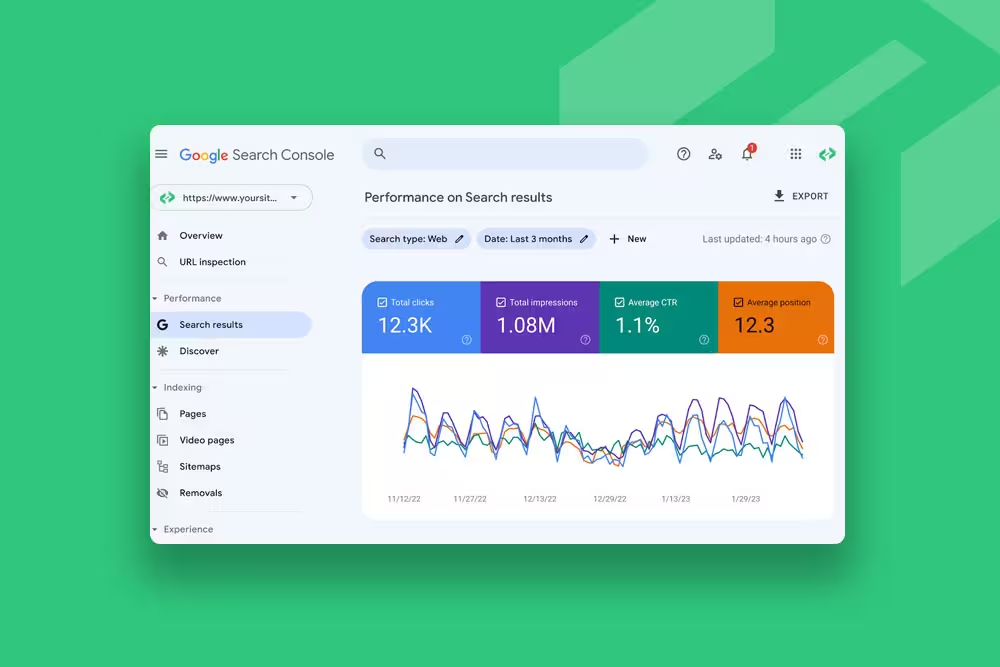Display marketing is a powerful digital marketing strategy that leverages visual advertisements on screens to capture the attention of target audiences. These visual ads can come in various forms such as banners, videos, images, and interactive content. They are strategically displayed on websites, blogs, social media platforms, and other digital channels that audiences frequently visit, making it an effective tool for engaging potential customers at a relatively low cost for advertisers.
Understanding Display Marketing in Detail
Display marketing is a core component of online marketing efforts designed to showcase visually compelling messages to a targeted audience. The key to successful display marketing lies in creating captivating ads and ensuring they reach the right viewers through precise audience segmentation. Without this, even the most visually appealing ads may fall short of their potential impact.
A major advantage of display marketing is the ability to track and measure campaign performance in real-time. Marketers can assess the number of users reached, revenue generated, and the associated costs, offering a comprehensive view of campaign effectiveness and enabling strategic adjustments for optimal return on investment (ROI).
Key Concepts in Display Marketing
1. Banner Ads
Banner ads are among the most common forms of display marketing. These visual or graphical ads are placed on websites or digital platforms to promote products, services, or messages. They can range from static images to animated graphics, short videos, or interactive content, all designed to grab users’ attention during their online browsing.
2. Audience Segmentation
Effective audience segmentation is crucial for display marketing success. This process involves categorizing users based on shared characteristics such as demographics, geographic location, browsing behavior, and interests. By understanding these attributes, marketers can tailor ads to reach those most likely to engage and convert, ensuring that campaigns are both relevant and effective.
3. Retargeting
Retargeting is an essential technique in display marketing that focuses on re-engaging users who have previously interacted with a site but did not complete a desired action, such as making a purchase. By reminding these users of their initial interest, retargeting helps increase conversion rates and recover lost opportunities.
Benefits of Display Marketing
1. Enhances Brand Visibility and Recognition
Display marketing’s use of striking visuals and multimedia elements helps businesses capture attention and strengthen brand awareness. Companies that effectively leverage this strategy can create emotional connections with their audiences, which often leads to a stronger preference for their brand when purchasing decisions are made.
2. Enables Precise Targeting
Utilizing audience data such as location, age, interests, and browsing history allows marketers to create highly personalized campaigns. This targeted approach boosts the chances of ads reaching individuals with a high likelihood of conversion, optimizing ad spend and improving campaign results.
3. Offers Comprehensive Metrics
Display marketing provides a range of metrics to evaluate campaign performance, including click-through rates (CTR), conversion rates, ad impressions, and ROI. This data allows for real-time monitoring and adjustments, ensuring strategies remain effective and adaptable to changing user behavior and market trends.
4. Supports Creative Diversity
The flexibility to use different formats—such as images, videos, and interactive elements—enables businesses to craft ads that resonate across various platforms and with diverse audiences. Creativity becomes a key differentiator, helping brands stand out from competitors and better meet user preferences and campaign goals.
5. Boosts Conversion Rates
Display marketing significantly impacts conversion rates by allowing advertisers to retarget users who have previously shown interest. These follow-up ads remind potential customers to return and complete their intended actions, thereby improving conversion rates and recapturing potential lost sales.
Drawbacks of Display Marketing
1. Risk of Ad Fatigue
Frequent exposure to online ads can lead users to ignore them consciously or subconsciously, especially when perceived as intrusive or irrelevant. This can reduce campaign effectiveness over time.
2. Market Saturation
The high number of competing ads vying for users’ attention on websites and social media platforms can lead to saturation, making it challenging to stand out and capture audience interest.
3. Inflated Metrics
Clicks and impressions may sometimes be inflated by non-human traffic, exaggerating campaign performance. Choosing reputable ad platforms is essential to maintain the integrity of reported data.
4. Requires Significant Creativity
Creating effective display ads demands specialized creative skills. To overcome this challenge, businesses must invest in talented designers and marketers capable of developing engaging, high-impact ads.
Display Marketing vs. Visual Marketing
While both display marketing and visual marketing use visual elements to convey messages, there are notable differences:
1. Environment
- Visual Marketing: Utilizes visual elements like images, infographics, and videos in various settings to attract and inform audiences.
- Display Marketing: Focuses exclusively on visual advertising within digital environments, such as websites and apps, to boost brand awareness and drive conversions.
2. Scope
- Visual Marketing: Includes brand elements like logos, packaging design, and content that contribute to the overall visual identity across customer touchpoints.
- Display Marketing: Concentrates on creating online visual ads specifically designed to promote products and brands in digital spaces.
Success Stories in Display Marketing
1. Amazon: Promotes sponsored product ads, showing related visual content when users search for specific items, enhancing product visibility and boosting conversions.
2. Nike: Leverages social media display ads to feature new product launches and exclusive collaborations, captivating audiences with engaging stories and visuals.
3. Google: Facilitates extensive display marketing opportunities through its vast display network, allowing advertisers to reach users across the web using targeted user data.
4. Coca-Cola: Utilizes video advertisements on platforms like YouTube to share emotionally engaging stories that resonate globally, fostering positive brand associations.





